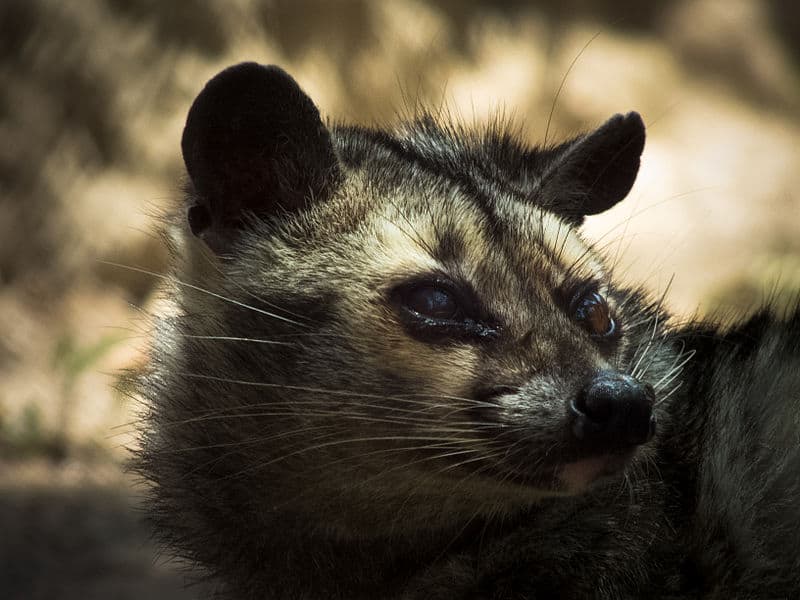
Asian Palm Civet Facts
- The Asian Palm Civet, Paradoxurus hermaphroditus, or toddy cat, constitutes a small-sized member of the Viverridae family which means that it actually has a distant relationship to felines.
- This interesting animal luckily rather displays great adaptability to different habitats. For this reason, the IUCN lists it as a species of Least Concern.
- Unfortunately, this may change since there also appears to be an increase in its popularity as a source of bushmeat in parts of its endemic range. Also, wild individuals sometimes get captured and sold as pets.
- Laws exist to at least limit the numbers of individuals captured or killed. However, and quite sadly, people widely ignore them, and authorities rarely enforce them.
Related Articles
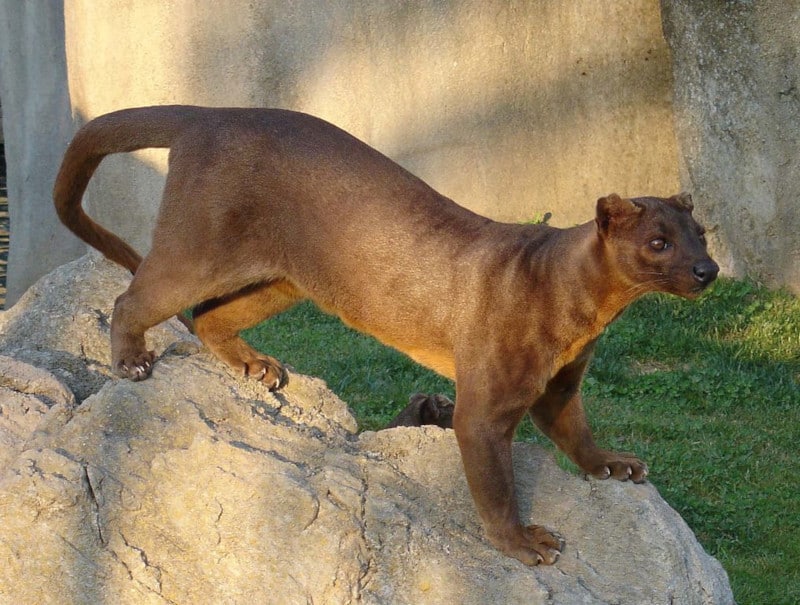
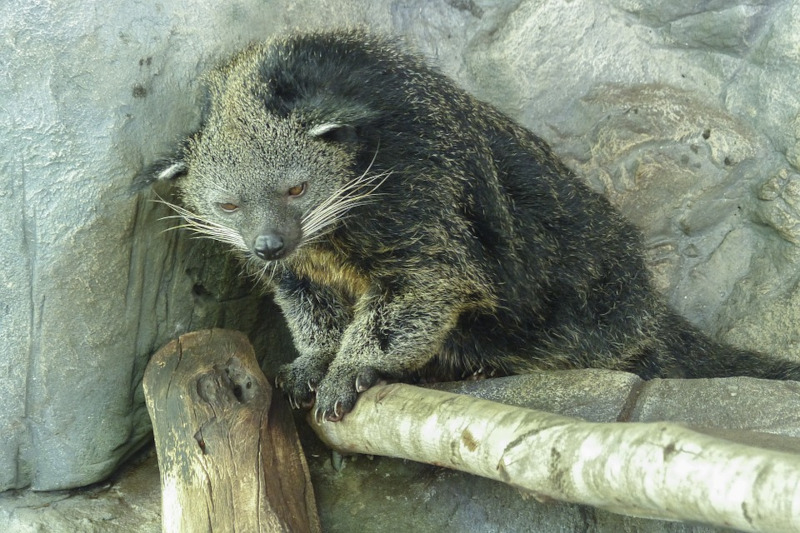
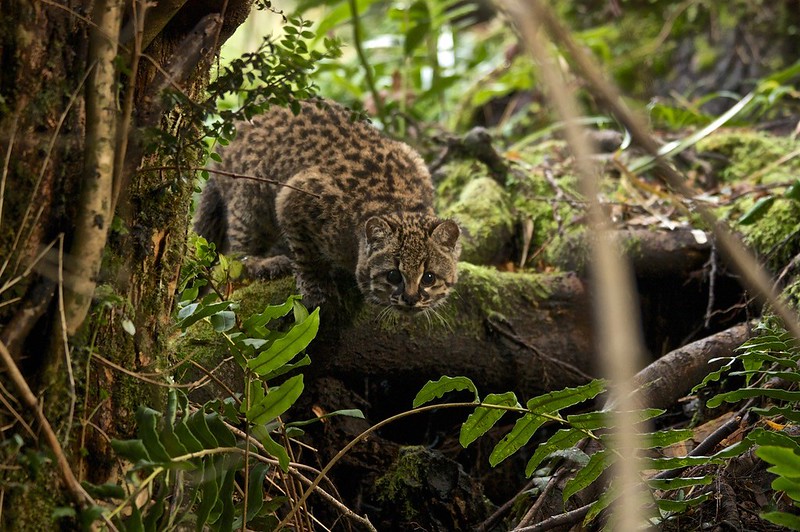
Asian Palm Civet Physical Description
The ranter amazing Asian Palm Civet ranks as a small though impressive looking species of mammal. The elongated body also averages about 21 in (53 cm) in length, while the tail reaches 19 in (48 cm).
The animal reaches a maximum known weight of 11 lb (5 kg) but most individuals stay much smaller than that.
The long, thin body develops a covering of fur that grows both shaggy and coarse in nature. In color, it usually presents a mix of black and gray.
Typically, it has a white mask covering most of the forehead, and the ears, lower legs, and muzzle generally show black, with three rows of black markings on the body.
No appreciable degree of sexual dimorphism appears to be displayed by the Asian Palm Civet, however.
- Kingdom: Animalia
- Phylum: Chordata
- Class: Mammalia
- Order: Carnivora
- Family: Viverridae
- Genus: Paradoxurus
- Species: P. hermaphroditus
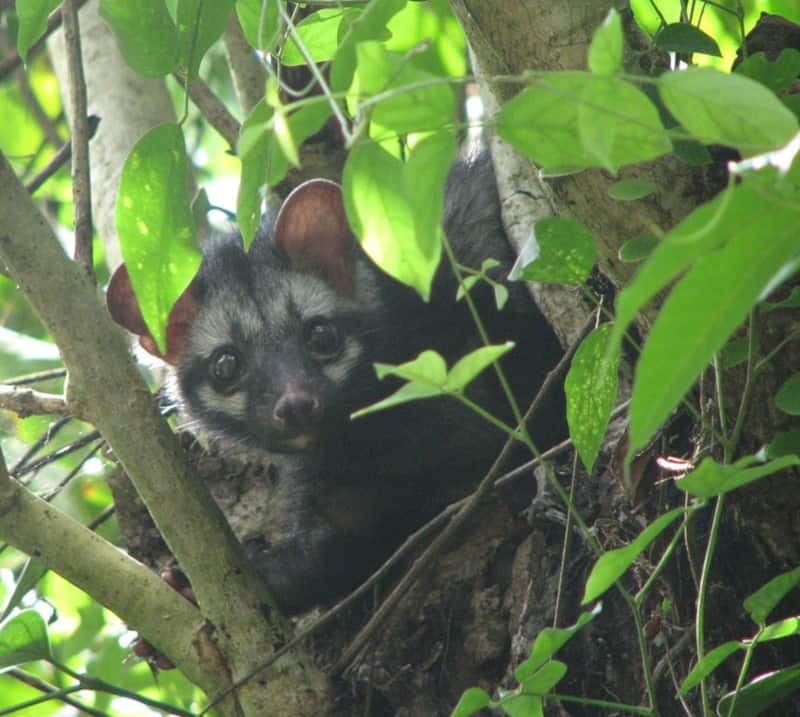
Asian Palm Civet Distribution, Habitat, and Ecology
The remarkable Asian Palm Civet evolved as native to a range that covers the majority of Asia, including the islands of Java, Sumatra, Kalimantan, and Bawean.
Also, the species primarily inhabits regions of primary forest and rainforest. However, the opportunistic creatures adapt quite well to parks and even large gardens.
The animal leads a primarily solitary life, so we know little about its reproductive patterns. Fascinatingly, it also seems to be both terrestrial and arboreal in nature.
Furthermore, it has an omnivorous diet, feeding on fruits and berries, as well as insects and numerous small mammals. Its primary defensive strategy consists of releasing a noxious chemical from scent glands when under threat.
Species Sharing Its Range
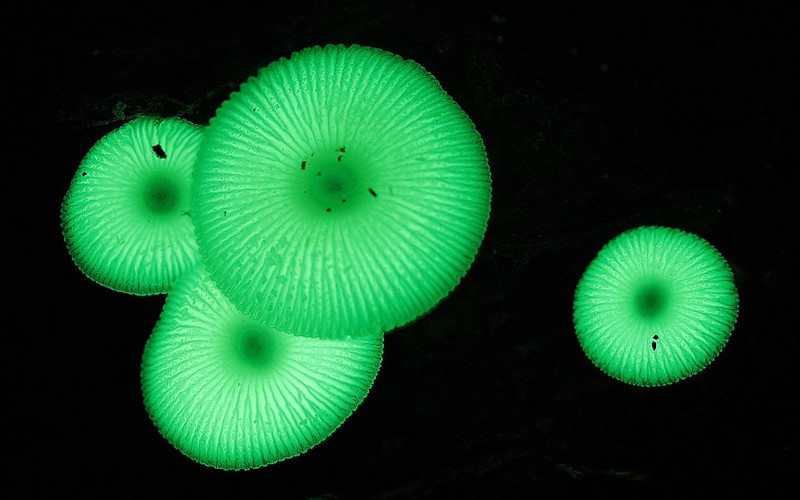

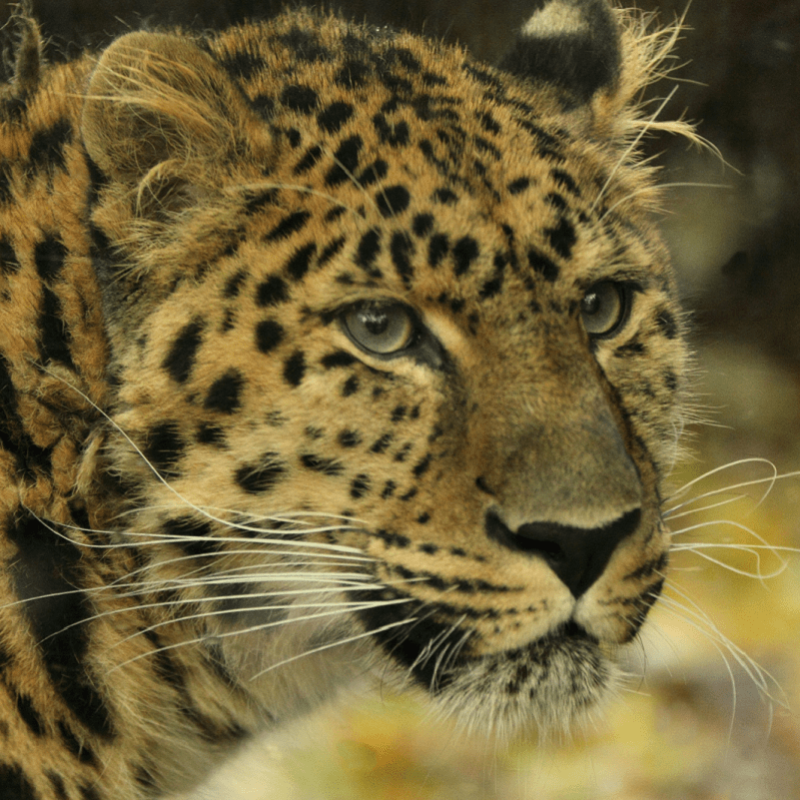
Check out our other articles on 4 Remarkable Louisiana Reptiles, Kashmir Musk Deer, Hiddenite, Bird’s Foot Violet, Ribbon Eel, Stubby Squid, Southern Darwin’s Frog, Texas Alligator Lizard










Leave a Reply